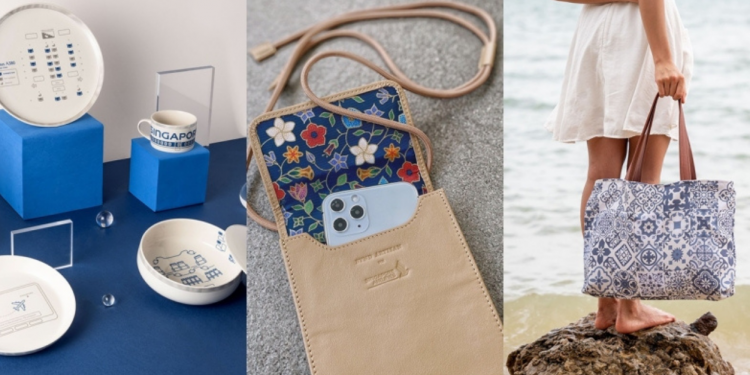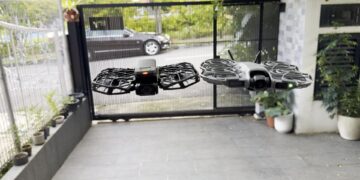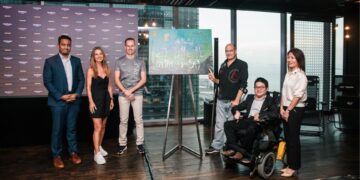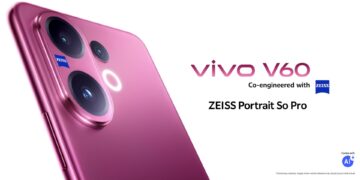Imagine the kimono cheongsam that you have on this Chinese New Year was once a life vest on board a Singapore Airlines plane.
What about the furniture in the sitting room of your flat? They were perhaps once part of the airline’s business class seats, cabin windows and overhead compartments.
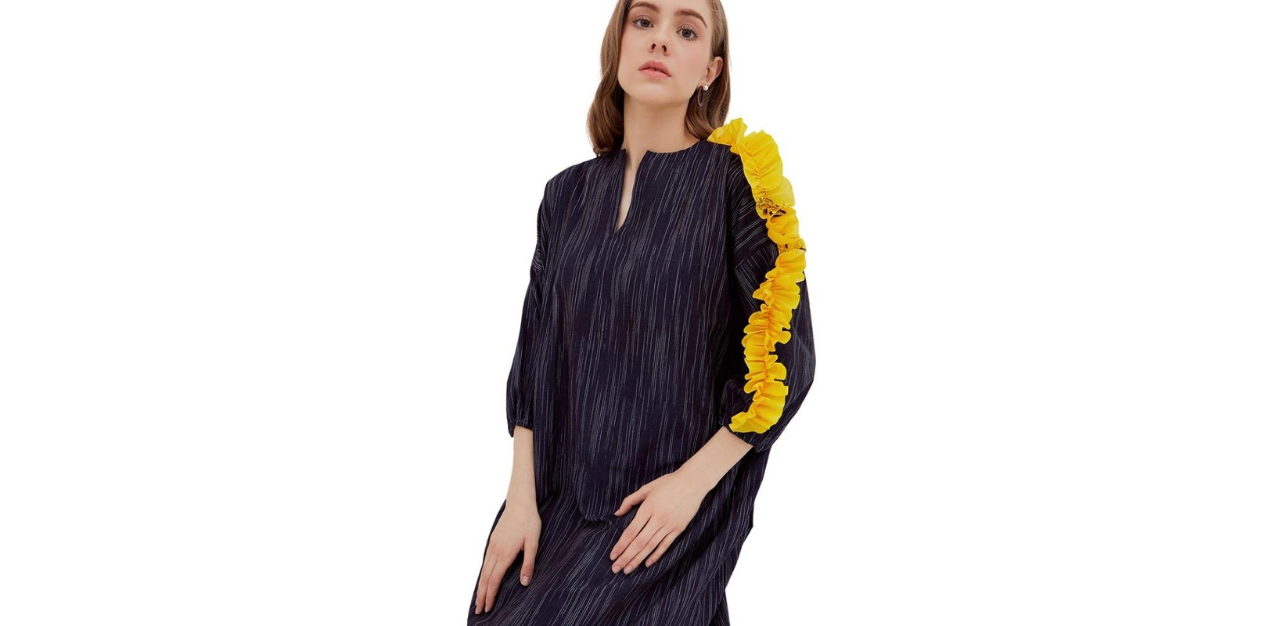
Most people have probably heard of recycling, but what about upcycling?
Upcycling is a creative way of reusing and readapting old products through a variety of processes to create a new product of higher quality or value than the original.
Upcycling has recently been the buzzword in fashion with the rise in the turning of old and deadstock garments into designer clothes – renewing the lifespan of unsold clothes and cast-off fabrics. But this sustainability trend has not just hit the fashion industry.
In August last year, Singapore Airlines launched The Upcycling Project, through which it provides parts and materials from retired commercial aircraft to various Singapore-based organisations and selected global retail brands. These old airplane parts were upcycled and repurposed to create unique retail products and even art pieces.
To date, The Upcycling Project has partnered 15 local retail brands, including ANS.EIN, Tocco Toscano, Photo Phactory, and Supermama and the collaboration between the retail brands and SIA is supported by the Singapore Tourism Board, aiming to encourage innovative cross-sector partnerships and add vibrancy to the local retail scene.
Through its press release, Senior Vice President Customer Experience of Singapore Airlines Yeoh Phee Teik said: “The Upcycling Project is a unique opportunity to repurpose parts and materials from older retired aircraft, and find a new use for them. There was a lot of interest when we first broached the concept, and we are happy to be able to support a wide range of communities through this initiative. Our customers and fans will also have a rare opportunity to own exceptional art pieces, as well as the exclusive items that our retail partners create.”
A spokesperson from SIA says later, “As sustainability is an increasingly important issue to both our customers and staff members, SIA continues to be invested in conducting our businesses responsibly and integrating sustainability into our operations.”
The airlines has multiple projects to support its sustainability goals, some of which include adopting renewable energy in the SIA buildings and the use of sustainable alternative materials.
Other airlines like Japan Airlines, Thai Airways, and Cathay Pacific have also started similar upcycling initiatives. Thai Airways created its own yellow bags that are repurposed from life vests and slide rafts that are no longer in use, and Cathay Pacific also reforged iconic aircraft and upcycled crew uniforms into a range of lifestyle goods for its 75th anniversary.
Upcycling seat covers and table linen to placemats and more
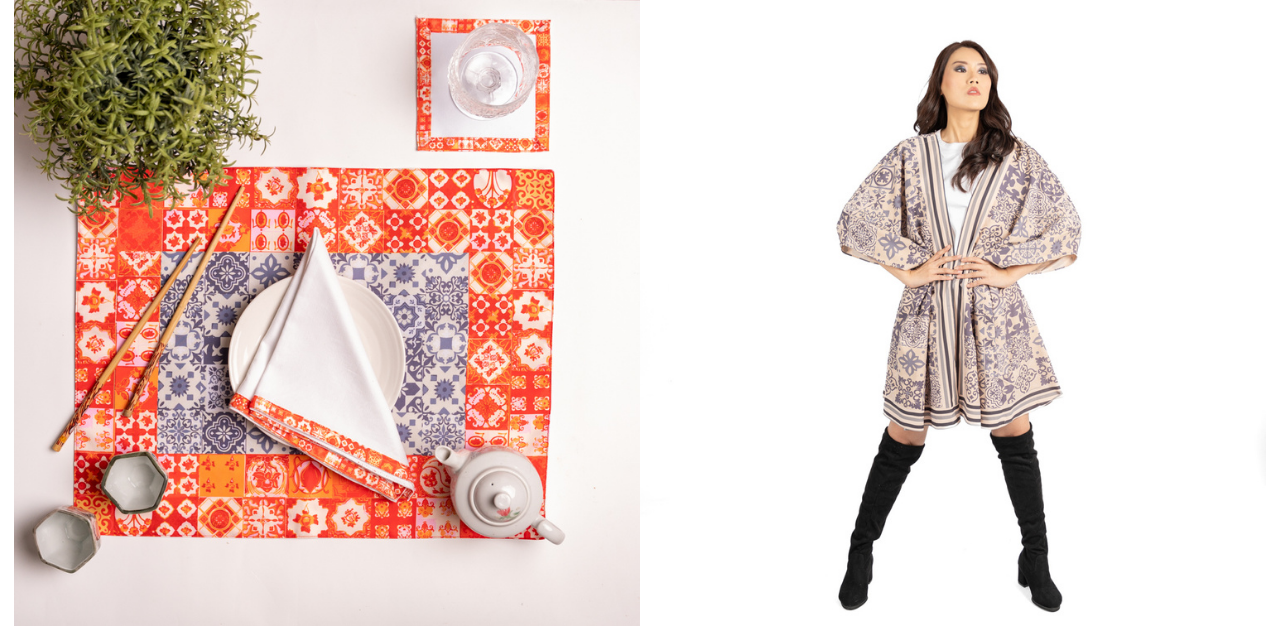
One of the partners of The Upcycling Project is ANS.EIN, a local fashion brand based on art and founded by two mumpreneurs — one an architect and wedding dress designer, and the other had been in retail business, event and media.
On its website, ANS.EIN says the airline’s life vest was its first choice of material for two reasons: Firstly, it cannot be used after reaching its life span, and secondly, it is a non bio-degradable material as it is made of nylon.
“These life vests created beautiful three-dimensional ruffles, which is now a decorative element on ANS.EIN’s clothing designs. A navy coloured lurik with vertical white threads, creating a traditional yet modern look: a perfect match with the life vest,” it states.
Another partner in its upcycling project is Photo Phactory. An interior furnishing brand that focuses on the coalescence of architectural charm and traditional household grooming, it creates products that include Peranakan-inspired lifestyle products and apparels.
Founder of Photo Phactory Valley Aurora says that sustainability is key to her business. Being born into a modest family, Ms Valley was always taught to respect resources and to use everything around her effectively and efficiently. It is no wonder that her furnishing brand strives to make conscious decisions every day and encourages people to live a conscious lifestyle.
The collaboration products between Photo Phactory and Singapore Airlines were launched on 20 January and have received amazing responses. Ms Valley says that the success can be attributed to a greater consciousness about environmental matters among young consumers. People are now much more open to the idea of buying products that are made from pre-existing materials, she adds
However, there have also been challenges selling these upcycled products. Ms Valley says some consumers have the misconception that a product made from waste material should cost less. She says that it is important to keep in mind that repurposed materials require labour to sort, disassemble, and manufacture. There is also a need for consumers to be aware and educated about the process of upcycling, which is vastly different from recycling.
Ms Valley is thankful that her target audience already has an appreciation for handcrafted products and is environmentally conscious, and showers her brand with “love and encouragement”.
On the partnership with SIA’s upcycling project, Ms Valley says that it is a great pleasure to be involved in SIA’s initiative, from conceptualising to producing the actual gifts.
“We were really excited as it’s a way of giving a second life to aircraft parts which would end up at landfills if not repurposed in the right way,” she says.
“It was an amazing challenge for our brand to breathe new life into old parts and materials by upcycling them into something pretty and unexpected. It was not only a way to show our creativity but also encourage sustainable innovation that’s good for the environment,” she adds.
Ms Valley believes that in today’s day and age, consumers across the globe expect major corporations to do their part in preserving natural resources, curtailing greenhouse gas emissions and reducing waste.
“[The] [f]ashion industry is the second largest polluting industry in the world. After researching more about the industry, we became motivated to not become another ‘competitor’ but focus on becoming a collaborator,” she says.
“The trend for upcycling clothes is taking off just in time, but there is still a long way to go. For now, it seems that upcycling is a trend that is meant to stay with more and more brands,” she adds
Not just in the airline or fashion industry, but at home
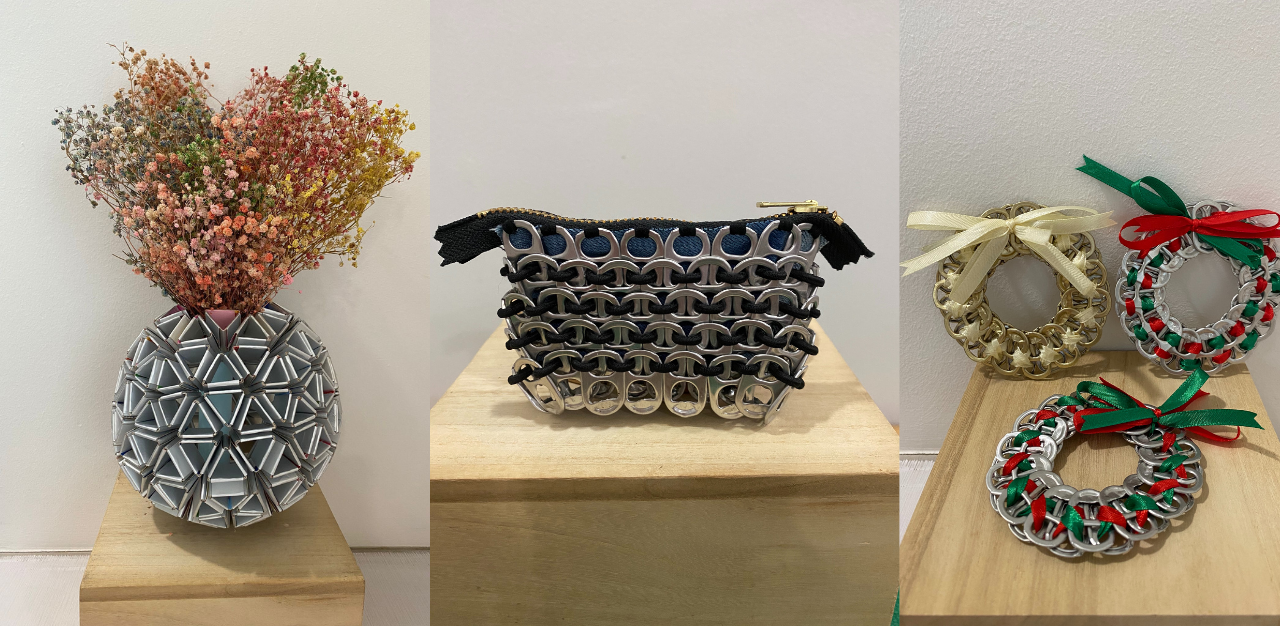
Mr Kuah Ee Qiang, a 39-year-old home upcycling enthusiast, is heartened by SIA’s effort to upcycle its aircraft parts and materials. Mr Kuah sees the value of upcycling as a creative reuse of trash: instead of just throwing or recycling them, upcycling transforms an item into one with a higher value than what it used to have.
As someone who upcycles his products and uploads videos on how to upcycle within one’s home, Mr Kuah wishes to inculcate the 4Rs — Refuse, Reduce, Reuse and Recycle — to others with an emphasis on refuse. He hopes that his upcycled products can help Singaporeans view trash from a different perspective and raise awareness on environmental consciousness.
“We should try to practice the other Rs before throwing recyclables into the recycling bin as energy is involved in the process of recycling,” he says.
“I also hope that Singaporeans should upcycle more. We tend to buy and throw away too many things,” he adds.
Since the COVID-19 pandemic started two years ago, Mr Kuah says that online retail websites have caused more environmental damage as shopping is easily available with a few clicks on a mobile application. Additionally, online shopping also results in the creation of more packaging waste.
“I hope that consumers will stop and think before they make any purchase to avoid falling into an endless cycle of impulse buying and special sales that retailers provide almost on a monthly basis,” he adds.
Having said that, Mr Kuah notices that in recent years, more corporations and organisations have committed themselves to environmental sustainability and changing their business models to prioritise and benefit the environment.
However, he is still cautious that it is a form of “greenwashing”, where companies attempt to repackage their business model and present it as “better for the environment” without proper certifications or actual long-term change.
“Corporations and organisations should focus on areas where the use of resources and wastage can be reduced.”
Join the conversations on TheHomeGround Asia’s Facebook and Instagram, and get the latest updates via Telegram.



